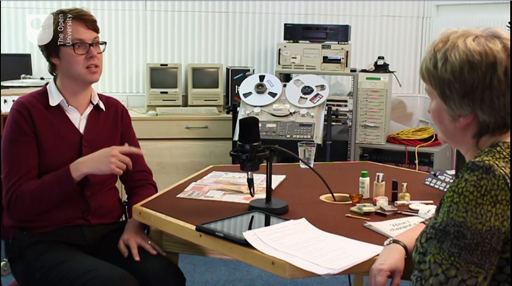Week 2: Health and identity: the face and eyes
Introduction
How was vision understood in the ancient world? How well could people see, and how were problems with the eyes treated? In Week 2 of this course, you’ll look at how colour was used, and why ordinary people feared the Evil Eye.
To start the week, Helen King and Mathijs Lucassen discuss the role of the face in giving you your identity. How do you decide by looking at someone whether they are healthy or not?

Transcript: Video 1 Here’s looking at you
Your body gives you your identity in many ways: other people make assumptions about you based in particular on your face and eyes, and assess your age, race and gender mainly from this first impression. For most people, making eye contact is very important in social relationships and many cultures regard its absence as disturbing.
This week, you’ll think about how people in the ancient world reacted to the face and altered its appearance. You’ll look at evidence of attempts to enhance or mimic a healthy appearance, and consider whether some of the substances used may have damaged the health of those using them. For example, white lead was used to make the skin look pale because this suggested that a woman hadn’t needed to work outside but was rich enough to stay inside her home. You’ll also think about how modern scholars use facial reconstruction to reconstruct faces from skulls, and consider how this helps people today to feel a direct link to the remains of antiquity.
